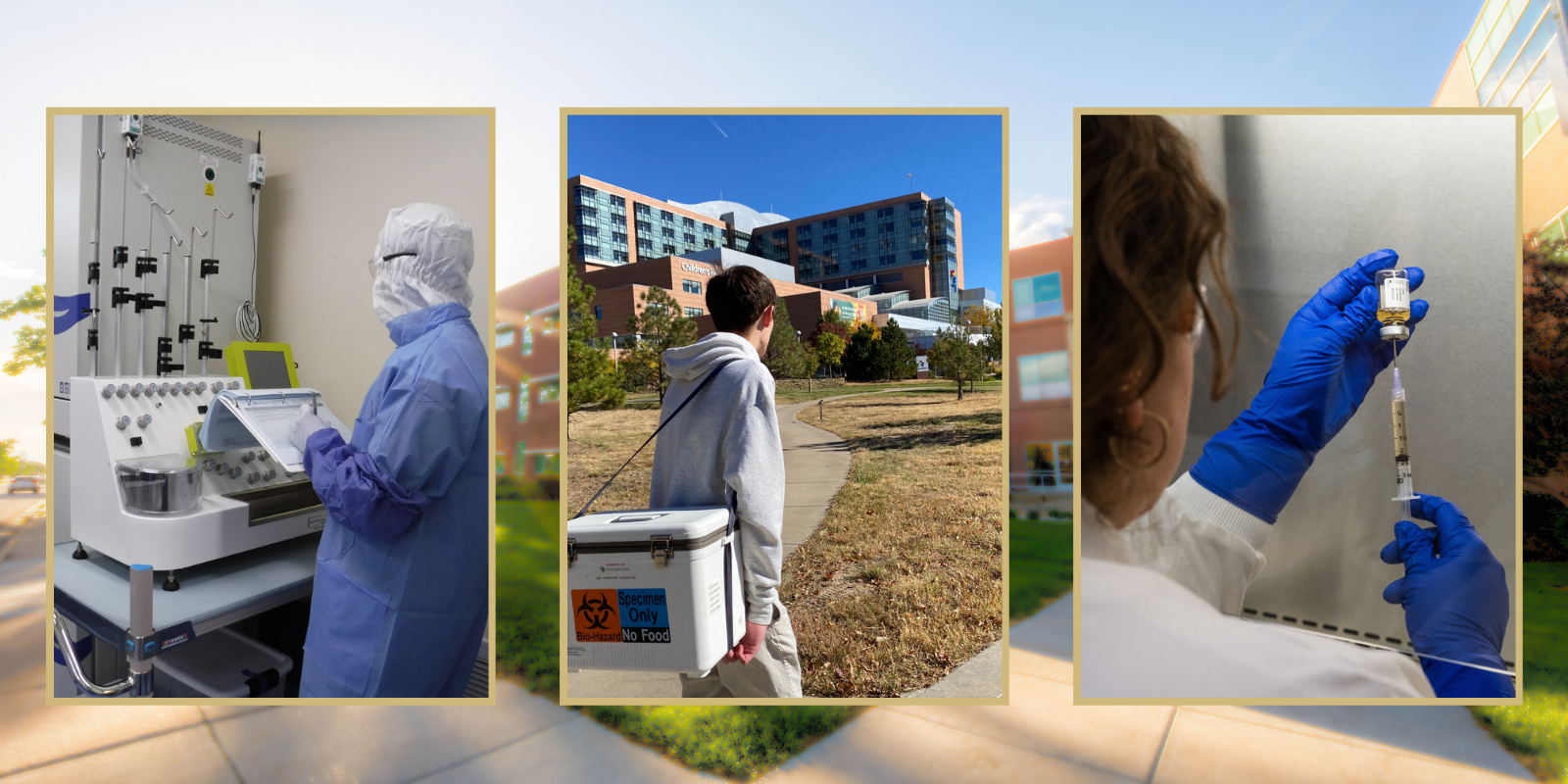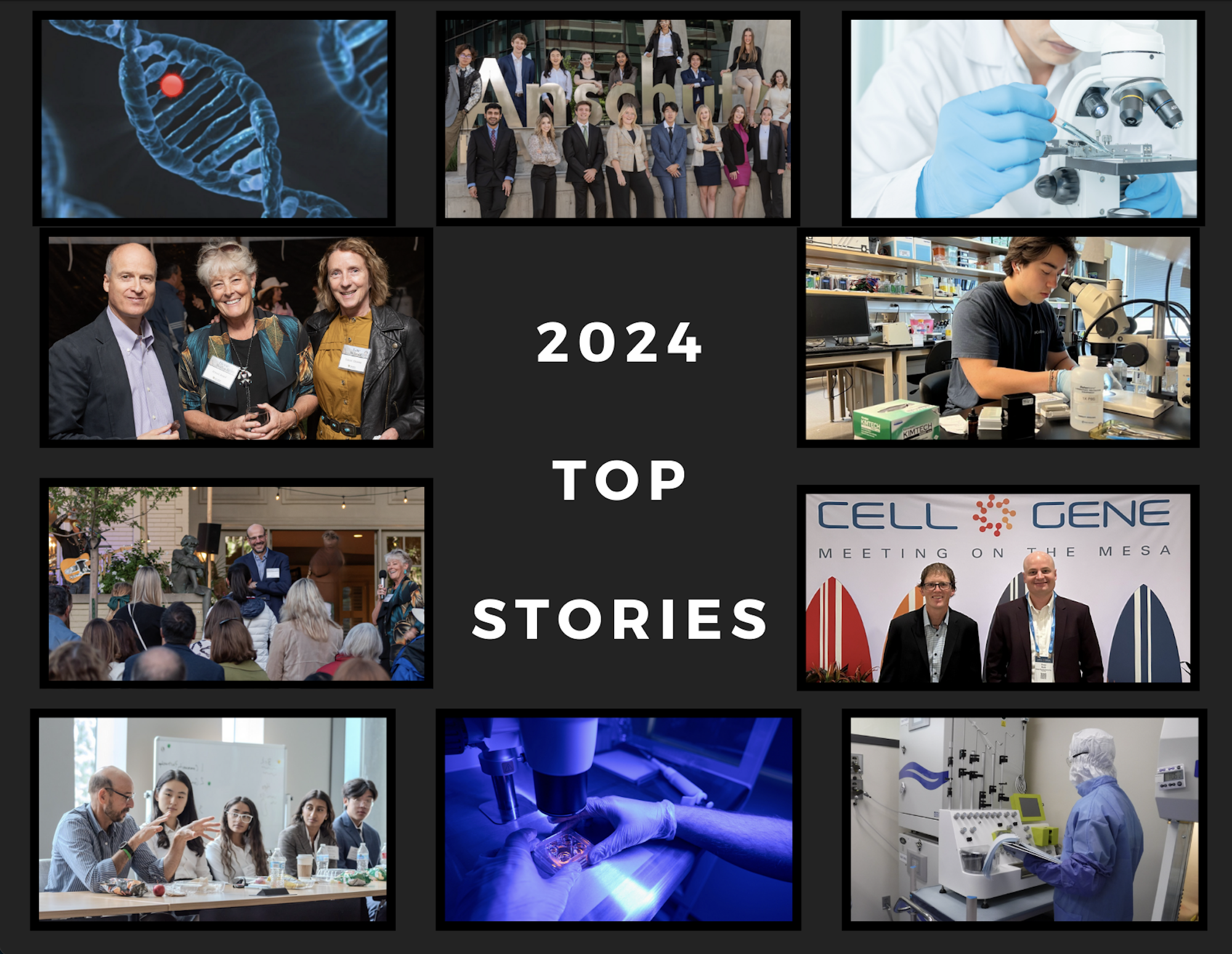At the surface, technology transfer is exactly what it sounds like; the transfer of technology from one entity to another. When working with your friendly neighborhood cGMP facility (the Gates Biomanufacturing Facility, or GBF), that simple phrase, technology transfer, should take on a whole new meaning.
Before we get to the thesis, I want to introduce you to the GBF. Our doors opened in 2015 as the current Good Manufacturing Practices (cGMP) arm of the University of Colorado Anschutz Medical Campus and we now operate under the umbrella of the newly formed Gates Institute. Our mission is to feed the vibrant ecosystem of Anschutz, comprised of the research labs and the hospitals, by producing both biologics and cell therapies for phase 1 clinical trials. Our first cGMP protein was manufactured in early 2018, followed quickly by our first cGMP cell therapy run that same year. With over 130 cGMP runs under our belt, we do our best to partner with researchers in bringing innovative new therapies to patients.
Technology transfer centers on transferring knowledge from your facility or laboratory to ours. The more we know about the technology, the easier it will be to manufacture. We’re talking about materials lists, protocols, and analytical methods--everything. But don’t worry if the lab notebooks are not as thorough as you think they could be. Don’t be alarmed if we ask about the precision of an assay and you don’t know the answer. We will work together to figure out those things. At its most rudimentary level, this aspect of tech transfer can be a box-checking exercise. Protocol write-up: check. Materials list: check. Identity assay: check. But there’s little to be gained from such a transactional relationship.
Both parties bring different skillsets and perspectives to the table. You, the technology developer, understand the technology inside and out, while we, the manufacturer, understand how to make medicine in a cGMP-compliant manner. There can be a big gap between those two knowledge bases and disparate opinions often result. That’s because manufacturing has a different set of roles and responsibilities than does the research lab. The focus of the research lab is usually to develop the drug and demonstrate proof of concept the drug will elicit a certain response in a specific disease model.
In cGMP, the goal is to produce the drug that meets FDA standards for identity, purity, and safety. As the technology holder and inventor, the principal investigator has committed years to understanding every nuance of that potentially therapeutic agent. The manufacturer has accumulated years of experience in addressing the FDA, enabling them to adapt and put forth solid manufacturing and analytical plans even if they have no direct experience with your particular therapeutic agent.
In the research lab, the emphasis can be on getting things to work, because the process is often less important than the outcome. But in cGMP, it is critical to remember somewhere out there is a patient waiting for their medicine, so redos are not taken lightly. Questions will be asked and changes will be proposed. Not because we don’t approve of the work that has been performed, but because cGMP has constraints unknown to the research lab. Jane may add cytokines one at a time to cells while John first makes a cytokine cocktail before moving on. A seemingly simple change in the order of operations can add variability to a process and must be locked down before moving to cGMP. The high-performance liquid chromatography (HPLC) purification method painstakingly developed over five months by a dedicated graduate student might be useful in the academic lab but might not satisfy all the characteristics needed to successfully release a product by the quality control team. Even sourcing reagents can be a challenge. Commonly used reagents such as bovine serum and penicillin are frowned upon by FDA because they can transmit disease and pose a safety risk in certain individuals, details that may be unknown to the research lab. The FDA demands that level of control on behalf of the patients we’re trying to serve.
Ultimately, a therapeutic candidate will not make it to the patient if it cannot be manufactured. That is why manufacturability is almost always a gating item to venture capital investment. However, changes proposed by GBF may not be feasible in the context of the specific agent in question. Then it is your job to explain why and help find alternatives. Productive discourse is the key to success. Working together, we will move that potentially therapeutic medicine from the bench to the bedside and improve patient’s lives.
Note: Guest contributor Russell Marians, PhD, is associate director of analytical development at the Gates Biomanufacturing Facility.
.png)

-2.png)
